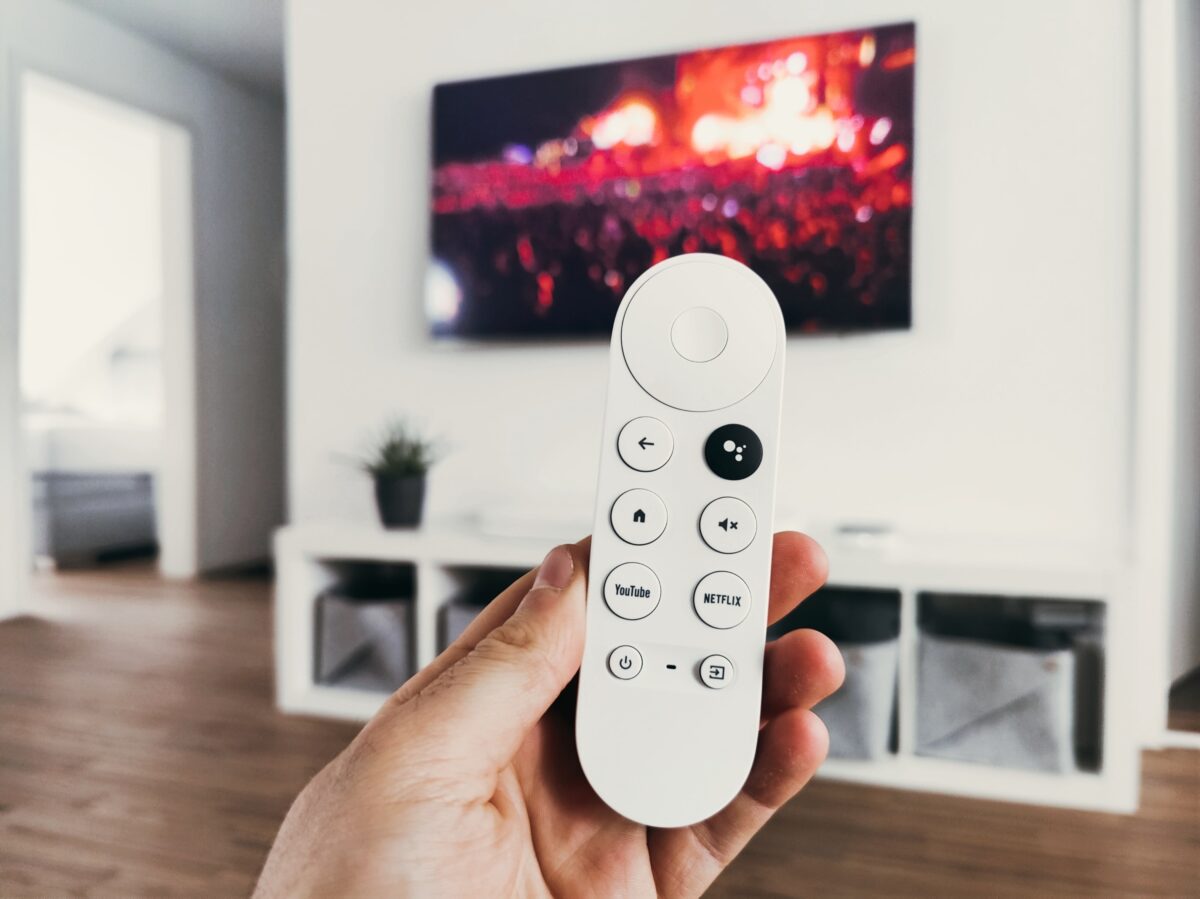Photo credit: The well put together Dario
Connected TV is quickly becoming a powerful medium for brands to reach consumers and cut through banner blindness with powerful targeted and contextual ads. Developing a successful Connected TV strategy requires thinking critically about your audience and creative strategy and when done well can produce incredible results.
Getting Your Brand on Connected TV
There are two ways to get on Connected TV platforms. The first is to use a programmatic agency that already has layered platform and audience data and becomes a plug and play solution where you just add creative and tracking. The second is to work with the platforms directly either doing a massive buy schedule or using their self-serve platforms.
I would encourage brands that do not have in house media buying teams to leverage a programmatic network. That’s going to take out a lot of headaches and frustration in terms of initial setup and what you’re paying in terms of pass through markup given the relatively high CPMs (see below) is fairly minimal on a percentage basis.
For brands with a dedicated media team, especially one that aligns really well with your audience prospecting team, being able to fine tune every campaign aspect and negotiate with platforms themselves definitely provides a compelling case for brands.
How Expensive is Connected TV?
CPMs for Connected TV are significantly higher than what you’ll see on social media and programmatic display networks. Whereas programmatic CPMs can be in the $6-8 range, Connected TV is usually around $50 CPM. Thus you really need to focus on your data as soon as ads begin to show to ensure you aren’t wasting spend with poor messaging or poor placements/advertiser matches.
Given the High CPMs, it may not be the best fit for brands with low price, low margin products as the CAC will generally be higher than other channels. However for higher priced, higher margin products, you’ll find CAC can be below other channels by as much as 10-15%.
How Powerful is Connected TV?
CTV is really powerful because users are beginning to develop blindness on different social ad networks. They can spot ads, influencers and paid promotion a mile away and scroll right past it whereas CTV is still new and when you catch someone at a pause point where they’re invested in what they’re consuming, they will watch and pay attention to the ad.
Furthermore CTV has really taken off post-Covid and given how the medium has splintered and how many platforms are introducing ad supported versions of their product, impression and engagement opportunities are everywhere.
In early testing with our brands, we’ve seen just how powerful this effect can be and if your brand is looking to expand to CTV and needs help developing a custom media strategy, there are a number of agencies that specialize in CTV media plans.




